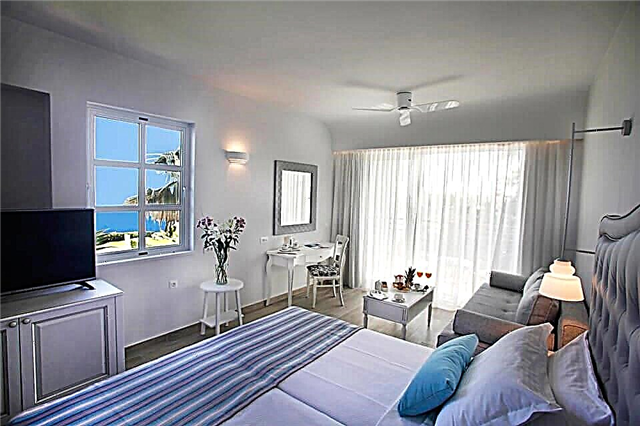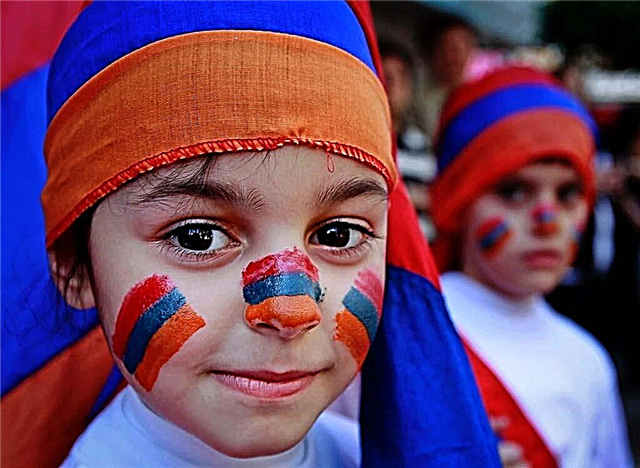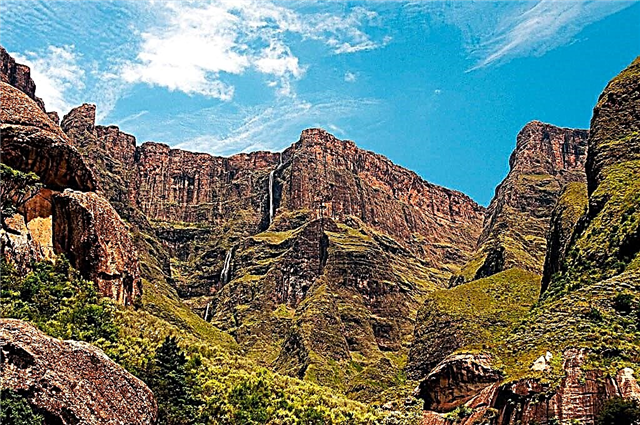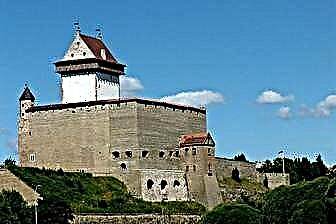The easternmost city in Estonia, separated from Russia only by the river of the same name. For 7 centuries, several large empires fought for the right to possess Narva. Therefore, a powerful fortress with bastions was erected on the banks of the river, which to this day remains the main attraction and indestructible stronghold of the city. Together with the building of the town hall, they are a vivid example of medieval architecture. These are the only surviving buildings from ancient times.
The architecture of the 19th century is represented by the large Krenholm industrial complex, as well as the majestic cathedrals of Alexander and the Resurrection of Christ. Unfortunately, during the war, the historical part of Narva was almost completely destroyed, and it was not possible to rebuild it. Therefore, most of the city buildings date back to the second half of the 20th century.

The best hotels and hotels at affordable prices.
from 500 rubles / day
What to see and where to go in Narva?
The most interesting and beautiful places for walking. Photos and a short description.
Narva castle
It rises above the Narva River, opposite the Russian Ivangorod fortress. It was built in the XIV-XVI centuries. Area - 3.2 hectares. A powerful bastion and the main symbol of Narva. He survived many wars, but has survived to this day. Today the city museum is open here. Concerts and conferences are held in the Knights' and Refectory Halls. In the summer, the Northern Courtyard is open - a reconstruction of a medieval town with handicraft workshops. There is an observation deck on the 50-meter Long Herman tower.

Narva promenade
The section of the embankment along the river, in the historic center of the city, is one of the favorite recreation areas for tourists and locals. The length is about 1 km. Located near the border with Russia. Paved with paving stones, reinforced with huge boulders. The most interesting objects are the Sun Playground with a cafe, a fountain and a sundial, the Swedish Terrace with attractions, the Dahlberg Stage. Various festivals and concert programs are regularly held here.

Narva Town Hall
The three-story building with a hipped roof was erected in 1671 at the initiative of the King of Sweden. Made in the style of Dutch classicism. The building is complemented by an elegant openwork tower, on the spire of which a weather vane in the form of a crane is fixed. There is a clock above the main entrance. In 1944, the structure was half destroyed; two decades later, it was restored to its original form. Today the former administrative building is virtually empty.

Narva Art Gallery
It is located on the territory of the old "Gloria" bastion, in the building of powder warehouses. It opened in 1991. The basis of the museum collection was made up of a collection of valuable art canvases bequeathed to the city by the Lavretsov merchant family at the beginning of the last century. There are also paintings by contemporary Estonian and Western European painters. In addition to canvases, the halls of the gallery display wooden statues from churches and a collection of magnificent porcelain items.

Alexander Lutheran Church
It was built at the end of the 19th century. The main parishioners were workers of the Krenholm manufactory. Named after Alexander II, who died in 1881. Made in neo-Romanesque style. The building was significantly damaged by German shells during the war, and later used as storage facilities. In the 90s, divine services were resumed. New stained-glass windows were consecrated, the bell and the 60-meter tower were restored. There is a church museum in it today.

Resurrection Cathedral
The first stone in the future Orthodox church was laid by Emperor Alexander III in 1890. The building was erected in the Byzantine style from dark and light bricks. Its height together with the central semicircular dome is 40 meters. The height of the belfry is 30 meters; 6 bells are installed on it. The facades of the cathedral are decorated with mosaic images of saints. The wooden gilded iconostasis, which has never been restored, is of great historical value.

Monument to Paul Keres
The bronze monument to the chess player who made Estonia famous all over the world was erected for the centenary of his birth in 2016. Narva is the birthplace of Keres, so it was in this city that they decided to perpetuate his memory. The author of the project is the Estonian sculptor A. Simson. He portrayed the grandmaster sitting at the chessboard during the last game he won in 1975. Anyone can sit down and take a picture with the legendary inhabitant of Narva.

Monument "Swedish Lion"
Installed in 2000 on a hill by the river, near Narva Castle. The total height with the pedestal is about 8 meters. Built in honor of the battle near Narva, during which the Swedish army won a victory and forced the troops of Peter I to retreat from the city. This is the second such sculpture in Narva. The first was made in Sweden in 1936 and was a copy of the lions standing in front of the Royal Palace in Stockholm. During the war, it was destroyed, and they did not begin to restore it.

Casemates of the Victoria Bastion
In 2015, the restoration of the casemates of the most powerful of the 17th century Narva defensive bastions was completed. A museum has opened here, you can visit it only as part of an excursion. The height of the casemates is 2-3 meters, the width is 2 meters, they are located on two levels. In the winter months, only the lower tier is open for inspection, and the upper one is occupied by bats - the "indigenous inhabitants" of this structure. The museum expositions introduce the stages of construction and the history of the fortifications.

Krenholm manufactory
The main industrial enterprise of Narva. His textile products were famous far beyond the borders of Estonia. It was built in 1857 on the island of Krengolm, between the ledges of the large Narva waterfall. Its waters were used for industrial purposes. Later, a hydroelectric power station was built, and waterfalls began to appear only in the spring, when water was discharged. Residential buildings, shops, a hospital, a school and other facilities were erected on the territory of the factory. Today everything is abandoned, you can get there only with a guided tour.












